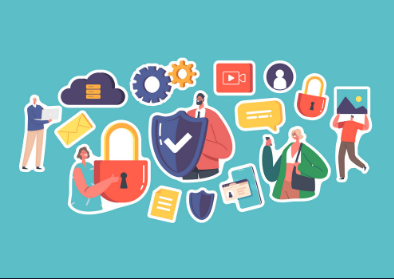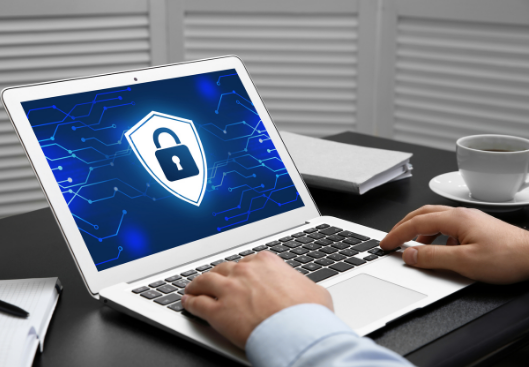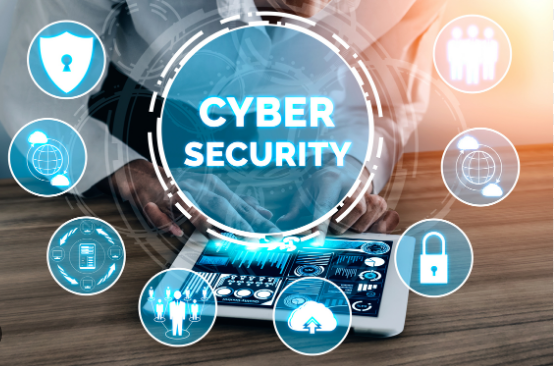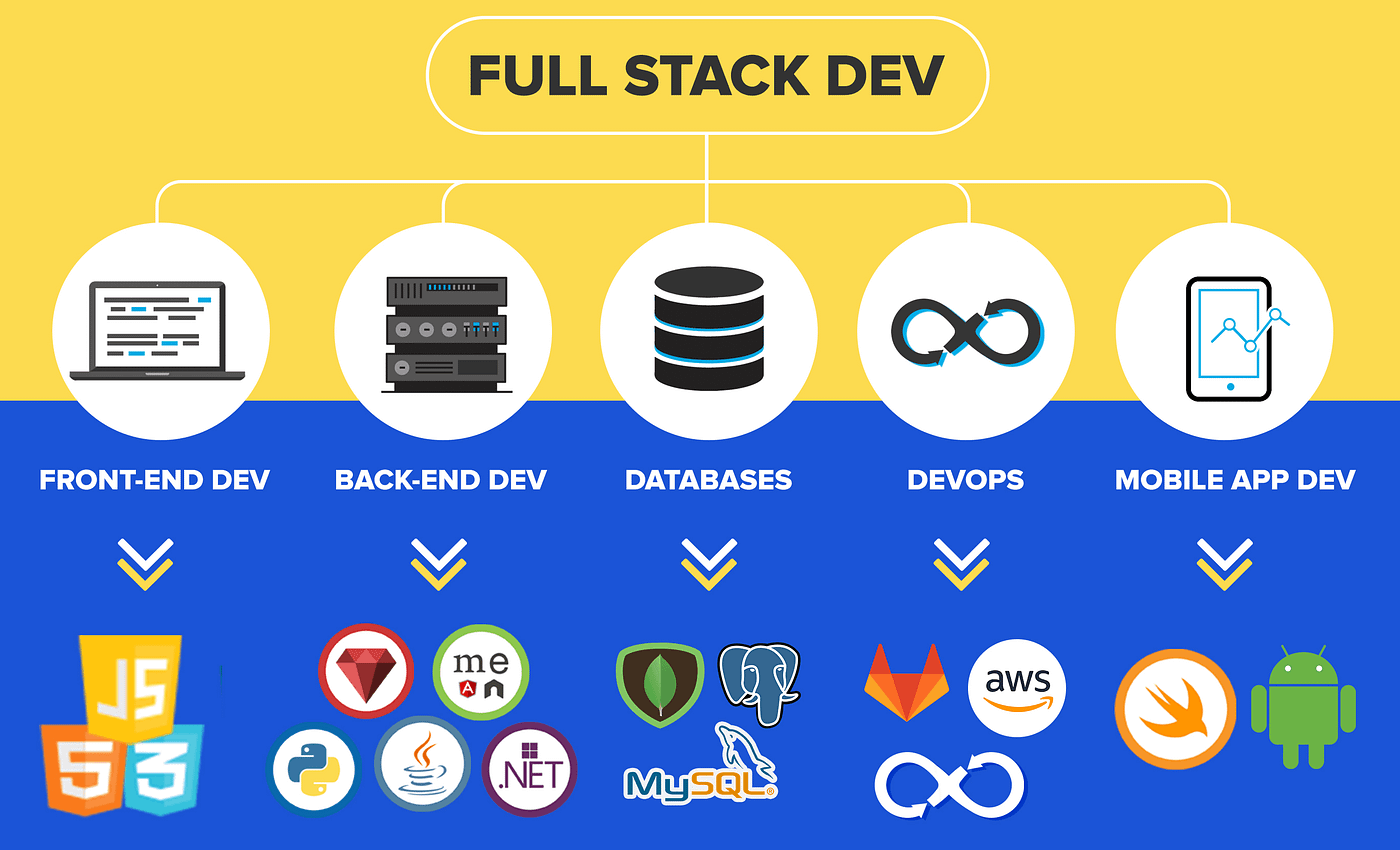Computer security: what is it?
In essence, computer security is the safeguarding of data and computer systems against loss, theft, and unauthorized access. It involves keeping an eye out for and stopping illegal use of your computer system.
A variety of computer security techniques are frequently employed to safeguard the critical data held by an organization cyber security.
The significance of cyber security for computers–
Make sure you secure your data and personal information to guard against online attacks. Information technology is a significant issue that is still in the news and is in charge of safeguarding critical data and your personal information for computer protection.
You must protect your data and information, and you can do this by doing the actions listed below:
- Implement anti-virus software.
- Update your computer’s operating system periodically.
- Use a smart password and other locks.
- Always make a backup of your vital information.
- For security, use computer locks.
- Don’t fall into the trap of phishing emails.
To safeguard the business’s resources-
The organization has a lot of assets and sensitive data. To avoid any unauthorized access or misuse, it is crucial for an organization to protect its sensitive data and vital information. Therefore, the business would not jeopardize the security of its computer system because it would incur enormous costs if the information were kept private. IT protection that is genuinely helpful to companies in safeguarding their sensitive data and information is provided by installing computer security systems computer virus protection computer protection.
To stop data theft-
“Data hacking” refers to the theft of sensitive or vital information, including passwords for accounts, bank account information, health-related data, personal information, and essential documents kept on computers and their servers.
There are various reasons why data theft may occur, some of them are as follows:
- Weak and stolen credentials.
- Human error.
- The existence of malicious insiders.
- There are a few weaknesses in the application.
You must ensure that your system has endpoint security, that the proper authentication is used, that sensitive data is identified and that you log in to your computer system to prevent data theft cyber security.
How to avoid viruses and malware-
Malware and computer viruses can occasionally be quite bothersome, but computer security can help keep these intruders out of your system. Sensitive data saved on your computer system may be harmed or deleted by a virus or malware. Because it can propagate by email programming from one machine to another, harming your hard disc.
Thus, you must defend your computer system from malware and viruses. You can accomplish this by taking these easy steps:
- Update your program frequently.
- Use reputable, high-end antivirus software that is paid for.
- Choose a secure password for your machine.
- Avoid clicking on pointless links on your computer.
- Always back up crucial computer data.
- Visit only reputable and approved security websites.
Computer security types-
Cybersecurity: Protecting our computers, electronics, networks, software, and systems from online threats is known as cybersecurity. Cyberattacks are those kinds of attacks that happen when our system is online computer virus protection.
Information security: Guards against theft, unauthorized use, and piracy of the data stored on our system. Confidentiality, integrity, and availability of information are the three main objectives of information security.
Application security: safeguards our data and apps against hacking and ensures that the application database is kept secret and safe from prying eyes so that user information is kept private computer protection best internet security.
Network Security: Network security is safeguarding a network and user data related to those linked to it. Hackers utilize man-in-the-middle attacks, spoofing, sniffing, and other techniques to steal data packets over networks and exploit the information for their gain.
kinds of assaults-
A skilled hacker is equipped with a wide variety of attack techniques. It is one of the most well-known and prevalent kinds of assaults.
Denial of service (DDoS): A cyberattack known as a denial of service attack occurs when an attacker sends an infinite stream of requests to a specific network, temporarily or permanently rendering the targeted audience’s access to network or computer resources inaccessible.
Malware attack: It is a harmful programmer that tampers with or corrupts your computer. Malware can be divided into four categories:
Keylogger: Keylogger logs every keystroke made on the designated keyboard. Most hackers utilize it to obtain account information and passwords for cyber security.
Virus: A computer virus is a harmful code that alters computer functionality and spreads by inserting itself into another program or document. A virus such as the Melissa virus must be disseminated, intentionally or inadvertently, without the user’s or system administrator’s awareness or consent computer protection.
Worms: It is an autonomous programmer that infects the system and runs independently. Among the most well-known instances is W32.Alcra.F. Shared gadgets on networks are how the worm propagates.
Trojan horse: This code is harmful and will take control of your system. This code can corrupt or steal data from your computer.
Eavesdropping: Eavesdropping is listening in on someone else’s conversation covertly and unaware of their consent. Attackers use password knowledge and passive network listening techniques to try and steal, alter, change, or hack data or systems. As an actual illustration, let’s say you are having a private chat with someone else from your company. If someone else is listening in on the conversation, it is considered eavesdropping. Similarly, if your network is unprotected, hackers may be able to listen in on your private online chat by connecting to it computer virus protection best internet security.
Phishing: Phishing is similar to “fishing” in pronunciation and method of operation. Fish are attracted to the bait when we go fishing. Similar to this, in phishing, the victim is duped by an attacker who either develops their trust or poses as a natural person before kicking himself to make use of the information. In addition to attackers, other websites look authentic but are scam sites. These websites deceive users into providing personal information such as credit card numbers, bank account information, login credentials, etc. Phishing comes in various forms: Phishing via text, voice, etc.
Spoofing: Spoofing is the act of imitating a legitimate entity by fabricating data (such as a username or IP address) to obtain access to resources or information that would otherwise be prohibited. Various forms of spoofing include biometrics, MAC, IP addresses, and email spoofing.
Malware: It is made up of two ideas: malicious software with malicious behavior. Malware enters the system to damage our systems. Malware comes in various forms, including trojans, ransomware, spyware, and adware cyber security.
Social engineering: In a social engineering assault, people are psychologically manipulated to acquire their trust and obtain sensitive or secret data. An attacker typically takes advantage of people’s or users’ trust by depending on their cognitive underpinnings computer protection.
Polymorphic Attacks : People are mentally tricked in a social engineering attack to win their trust and get confidential or sensitive information. Typically, an attacker takes advantage of people’s or users’ trust based on their cognitive underpinnings.
Computer security issues, vulnerabilities, and threats –
Threats to computer security are potential hazards that could stop your computer from operating correctly. As the world grows more digitally connected, cyber risks are rising constantly. The forms of computer security that are most dangerous are:
A malicious program that is unintentionally uploaded to a user’s computer is called a computer virus. On the user’s computer, it multiplies and infects files and programmers. The virus’s ultimate objective is to ensure the victim’s machine can never operate correctly with the best internet security.

A software program that can replicate itself from one computer to another without the help of a person is known as a computer worm. Because the worm can multiply quickly and in significant quantities, there may be a risk that it takes up space on your computer’s hard disc.
Phishers use phony emails or instant conversations to pretend to be reliable individuals or companies to obtain private or sensitive financial information. Sadly, phishing is simple to execute. You are tricked into thinking that this email is authentic and that you can enter your data with computer virus protection.
A botnet is an online collection of computers that a hacker has compromised with a computer virus. “Zombie computer” refers to a single computer. The victim’s computer will be the outcome of this threat, as the bot will use it for evil purposes and larger-scale attacks like DDoS.
How to protect your PC-
Users ought to take the following actions to guarantee system security to shield our system from the attacks above:
- Keep your operating system updated at all times. Keeping it updated lowers the possibility of viruses, malware, etc.
- Use a secure network connection at all times. Connecting to a secure network is advised at all times. Avoid using unsecured networks and public Wi-Fi since hackers can hack them.
- Install and update an antivirus programme regularly. Software known as antivirus searches your computer for viruses and separates the malicious file from other system files to prevent damage to them. Since commercial antivirus programs are safer, we should also attempt to use them.
- Turn on the firewall. An unapproved entry or exit from a computer, or even from a private network of computers, is prohibited by a firewall. A firewall may consist of software, hardware, or both for best internet security.
- Make secure passwords. Develop a unique and strong password for every social media account to prevent dictionary attacks, brute-force attacks, and password keying. A password with sixteen characters, consisting of capital and lowercase letters, digits, and special characters, is considered vital. Additionally, make frequent password changes.
- Avoid making purchases from any website. Whenever you shop online, be sure to purchase from a reliable website. Once you’ve completed a payment, several phony websites can take your card information and leave you bankrupt cyber security.
- Study up on ethics and computer security. The ethics and safety of computers are familiar to you. Learning pertinent information is usually beneficial in decreasing cybercrime computer virus protection.
- Never put your confidence in anyone. Trust unquestioningly, trust someone giving them personal information because you never know their mother’s motives, and you have yet to learn how they’ll use the information you provided.
- Downloading email attachments should only be done once you are sure the email comes from a reliable source. These attachments typically contain malware that can harm or infect your computer when opened.
- Inform the cyber cell immediately if you are attacked so they can take the necessary action and shield others from the same attacker. Just because you fear people may make fun of you shouldn’t stop you from complaining.
- Use only legitimate stuff. To obtain pirated films, videos, or web series for free, people frequently attempt to download them. Downloading this illegal content risks your system’s security because it is likely contaminated with malware, worms, or viruses best internet security.
Procedures for computer security –
Every member of the macquarie information technology (IT) personnel has an obligation to comprehend the requirements outlined in this procedure about the information security management system (ISMS), particularly those that pertain to:

- Control of access;
- Constructing safe systems;
- Secure growth;
- Risk Assessment and Mitigation
- Assessment of Vulnerability and Risk;
- Security of networks;
- Encryption
- Recording and observing, and
- They are dismantling and dismantling.




Основные характеристики бетона, требующие проверки, для гарантированного качества строительства.
Осевое растяжение бетона испытание Осевое растяжение бетона испытание .
Легальные способы покупки диплома о среднем полном образовании
Полезные советы по безопасной покупке диплома о высшем образовании
Приобретение диплома ПТУ с сокращенной программой обучения в Москве
Полезные советы по безопасной покупке диплома о высшем образовании